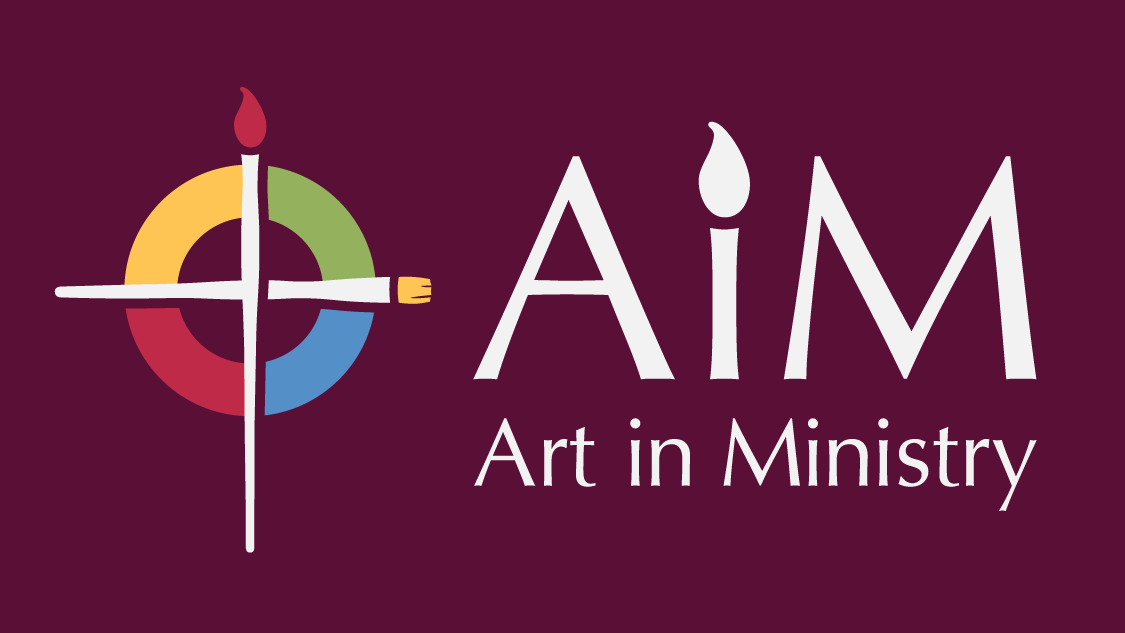Help, I Want to Become an Artist!
Anyone can pick up a brush and paint. To keep going—and to eventually make a profit from your work—is a little more complicated. Most of it will have to be overcome by trial and error, but Andy Overn and Charis Carmichael Braun were glad to share their advice to smooth the journey somewhat.

Andrew Overn
Andy Overn is a professor at Bethany Lutheran College who has over 20 years of experience in illustration and design. In his classes he aims to set his students up for success in their future careers as artists and designers, which is what inspired me to reach out to him for this article.
Charis Carmichael Braun
A resident of New York, Charis Carmichael Braun is a painter and arts administrator as well as an adjunct Art History professor at Bethany Lutheran College. Recently she was on the Hearts & Hands podcast describing her artistic journey.

What are your definitions of “art” and “artist”?
Andy Overn:
To be considered an “art object,” the object must have a physical form that may be observed and considered by all. Second, the object must show at least an attempt towards meaning. FORM + CONTENT. If either are absent, the work may remain decorative, but not “art” with a capital A.
Note that quality is a related but distinct concept. Work of high quality will show sophistication or even mastery over the formal elements and original, creative depth of content/concept.
An artist, then, is the individual who creates or contributes to the creation of an art object.
Charis Carmichael Braun:
I find that a current definition of “art” and “artist”—viewed through a lens focused on European Art History—is amorphous because of the material developments, philosophical evolutions, and shifting affirmations that have grown out of the First Industrial Revolution and the Enlightenment. While my personal background and choice of artistic training may suggest distinct parameters for some thing to qualify as “art” or a person to qualify as “an artist,” being a participant in a post-Romanticism artworld, I must be open to the possibility that any person making some thing may leverage their creations under their own definition of “art” and “artist.” This is a great topic for discussion – in fact, every movement in “art history” has asked this question, with changing criteria, time and time again!
In your opinion, how do you know when an artist has “made it”?
Andy Overn:
In the most basic sense, an artist “makes it” when they manage to create something that they themselves find satisfactory; that is, the external expression of the idea closely matches the ideal they had in mind before producing that object. It’s the satisfaction of creating something of actual quality that reinforces the desire to continue.
Charis Carmichael Braun:
The only one who can define whether one has “made it” or not will be the one calling oneself an artist. Certainly, there are hoops to jump through, ladders to climb, and mountains to hike, in every creative’s career. CERTAIN hoops, ladders, and mountains may bring peer or industry recognition, but each person’s journey with creativity is their own and they are responsible for seeking out the things by which they want to define themselves.
What advice do you have for artists starting their career?
Andy Overn:
Charis Carmichael Braun:
If an artist is looking to follow a conventional, contemporary “fine art” route:
[Save these points for future reference!]
Any resources that you can recommend for artists?

Andy Overn:
Book: What They Don’t Teach in Art School, by Will Terry
Website: https://www.andyadams.org/everything-i-know-about-freelancing/
Charis Carmichael Braun:
SUPPORT: Artmaking is hard, and often inconsistent. Find financial support, emotional support, physical support, health support, space/housing support, community support, and spiritual support.
THERAPY: While making things may be a way of processing emotions and thoughts, it’s also good to reserve safe space (through therapy) that allows parts of the artmaking to just be artmaking and not self-therapy.
HOPE: You can change the way your ambition is shaped, you can adjust where things fall on your timeline, you can revise goals, just keep the hope that inspired your artmaking in the first place.


